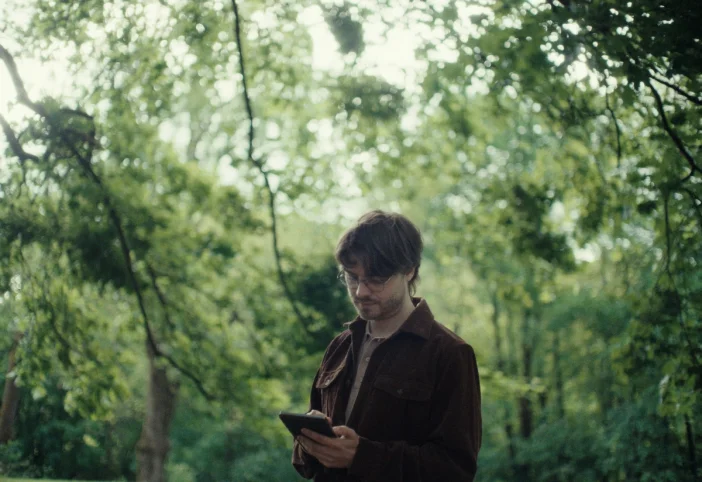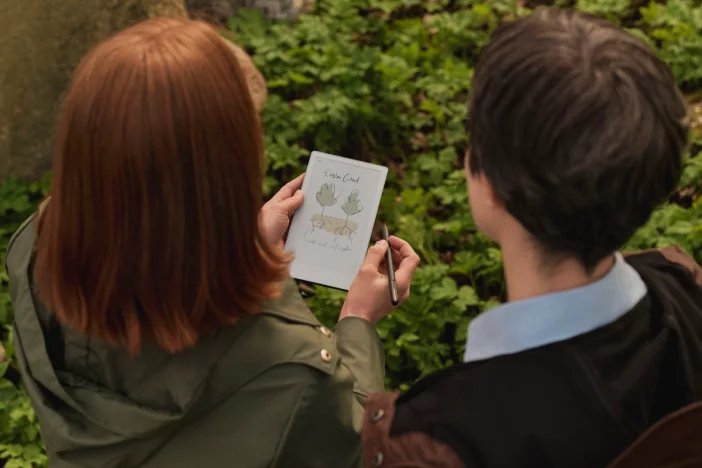Inside reMarkable
Breathing new life into our products
It’s likely the most sustainable product you can get is the one you already own. Keeping that in mind, we’re always thinking of ways to breathe new life into our products — whether through refurbishment or updates with new features to keep them useful, relevant, and performing at a high standard.

At reMarkable, we’ve been refurbishing paper tablets since 2019 and encouraging their purchase with a reduced cost. Units that have found their way back to us through our satisfaction guarantee, warranty repairs, or other forms of return are cleaned, reassembled, and sold with the same warranty as a new device.
Given we’re able to repair or refurbish 97% of those returned paper tablets, it’s a process that greatly reduces e-waste, making it a key part of reMarkable’s sustainable future.
Over 100 software updates since the launch of reMarkable 2 attest to the support behind our paper tablet and the idea that it's built to last a long time. Some of the new features we’ve introduced include handwriting conversion, Screen Share, Read on reMarkable, multitasking, and tags — not to mention Type Folio and text input from our mobile and desktop apps.
We think your other devices will stop working long before you’ll need to consider a new paper tablet.

While we’re proud of the refurbishment program and the longevity of our paper tablets, there’s still plenty of work ahead rethinking the way they’re designed, so that more components can be reused and recycled.
Environmentally friendly packaging is another area we’re eager to keep exploring, hopefully finding new ways to expand what’s possible. At launch, reMarkable 2 was part of the first wave of tech products to ship with displays completely protected by paper and not plastic. The material used to cover the display is called "wood-free" paper.
Further improving our packaging presents an interesting challenge, because any materials used need to support the most important function of packaging: to prevent devices getting damaged, and the subsequent waste or other non-sustainable practices that can follow.
In transit, as some accessories make their way through humid locations to customers, it’s necessary to wrap packaging with a thin layer of plastic to protect both the product and the packaging itself. Before being sold, the consumer-facing packaging containing our paper tablets is wrapped with .05 g of plastic per unit, something we’d obviously like to improve in the future.
The goal is to keep finding ways to reduce the use of plastic, while increasing durability and at the same time meeting the design requirements we have for an exceptional customer experience.


